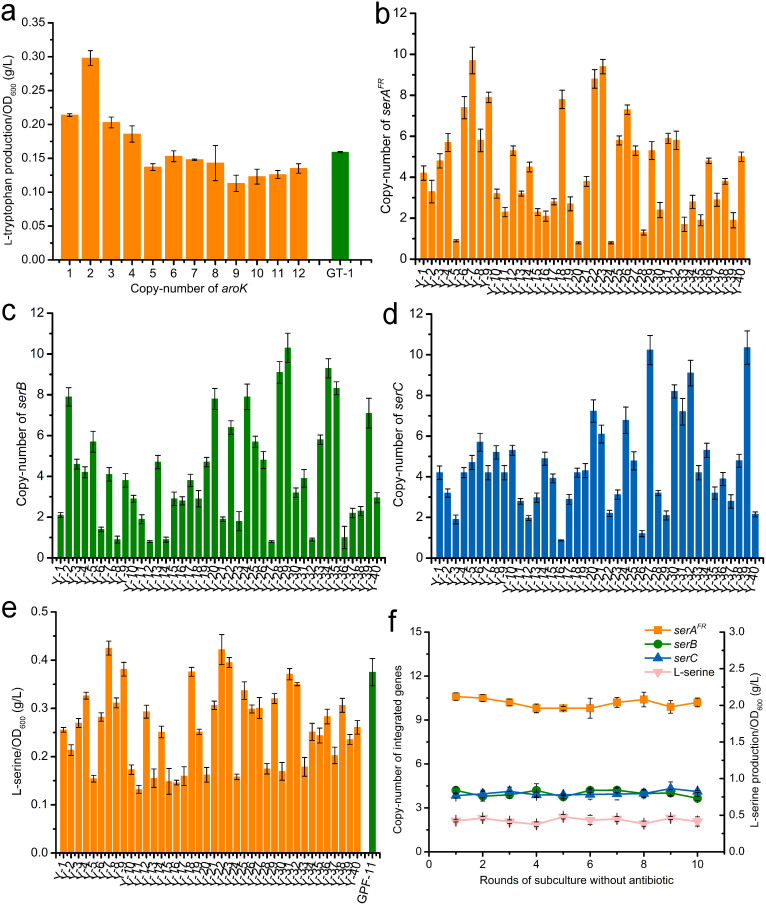Figure 4. Application of the CIGMC strategy to optimize amino acid production in E. coli.
(a) L-tryptophan accumulation of CIGMC strains by introducing random copies of aroK into GPF-5 and transforming with plasmid pTAT. The L-tryptophan production was determined after batch cultivation for 24 h. The indicated copy number excludes the original aroK gene on the chromosome. L-tryptophan-producing strain GT-1, containing wild-type aroK, deleted recA, and plasmid pTAT, was selected as a control. (b) Integrated copy number of serAFR in CIGMC strains. (c) Integrated copy number of serB in CIGMC strains. (d) Integrated copy number of serC in CIGMC strains. (e) L-serine production of CIGMC strains with random copies of serAFR, serB, and serC integrated into the chromosome. Strain GPF-11, containing deleted recA and plasmid pYF-1 overexpressing serAFR, serB, and serC, was selected as a control. The L-serine production was determined after batch cultivation for 36 h. (f) Stability of genetic constructs and L-serine production in recombinant strain Y-7, which has 10 copies of serAFR, 4 copies of serB, and 4 copies of serC. Error bars represent the s.d. (n = 3).

